Thursday, February 23rd, 2017
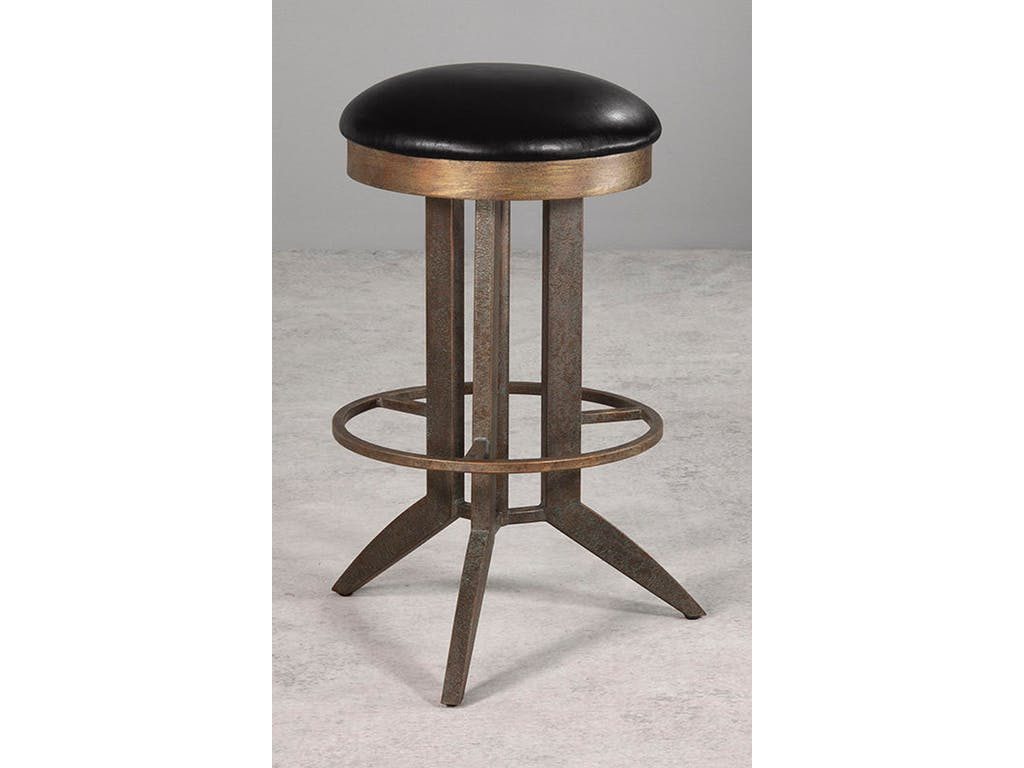
Wesley Allen Bar and Game Room Bar Stool 207
Art Nouveau generated a lot of graphic artists, décor enthusiasts and architects throughout Europe. This style came with a wide variety of choices and it eventually became known as Jugendstil in Germany or the Glasgow Style.
Art Nouveau’s aim was to modernize design. It sought to break free from the eclectic historical designs that have been popular back in the day.
Artists saw inspiration in many geometric and organic forms, thus, evolving from classic designs. This evolving style emphasized the natural forms of furniture pieces that resembled the blossoms and stems of plants.
Art Nouveau also highlighted the linear contours which took over hues. This is usually represented in yellows, muted greens, blues and browns.
The Art Nouveau movement was geared to abolish the common art hierarchy. Sculpture and paintings in the so-called liberal arts became superior to decorative pieces.
Art Nouveau also had its fair share of tests. It went out of fashion before the First World War which paved the way for Art Deco. Art Nouveau experienced a huge revival in the 60s which why it is now seen as the predecessor of modernism.
Key Features
The deep desire to break away from the historical features of the 19th century was a crucial motivation behind Art Nouveau. This also prodded the establishment of modernism.
Industrial production was widespread during that time yet decorative art was then increasingly being dominated by mass-produced stuff which imitated earlier periods.
Art Nouveau artists also sought the revival of excellent workmanship to raise the status of crafts.
Art Nouveau also dominated the academic system from the 17th till the 19th centuries. This underpinned the belief that sculpture and painting were superior to ironwork and furniture design. Artists overturned the said belief as they aspired to create an art totality or the so-called Gesamtkunstwerks.
This movement then narrowed the gap between fine arts and applied arts. Whether or not this gap has been completely closed is a matter of debate these days.
Art Nouveau and the Table Lamp
Table lamps are a few of the most renowned Art Nouveau pieces that have been produced. An example is a lamp with a bronze base that mimics the lower trunk as well as the roots of a tree. It comes with a glass shade that appears like the shade of a Wisteria tree.
Art Nouveau Design Elements
There isn’t a single definitive feature for Art Nouveau. That comes as a huge relief to many homeowners since this gives them a leeway to embrace just the distinguishing elements and then they can be themselves.
Art Nouveau is a philosophy that favors the application of artistic designs to everyday stuff. No single object was too functional to be glamorized.
Art Nouveau is also the separation of fine art and applied/decorative arts. So this is a distinction between sculptures and painting from furniture, ceramics and other practical elements.
In line with the belief that Art Nouveau is art in everyday life, you can employ decorative patterns in all forms of art that you can think of. Use tendril and leaf motifs, even intertwined organic features, curves, also right angles.
Both the stained and varnished versions of hardwood are huge with Art Nouveau. You could also go big with colorful and Oriental rugs.
Say yes to Tiffany lamps as well as stained glass windows. These create authentic Art Nouveau ambience.
As for colors, it is a matter of personal choice. Just as long as you keep it fairly light while being enigmatic. Use browns, sage greens, lilacs and shades of mustard.
For your furniture, incorporate leaves, stylized flowers, roots and buds.
Tags: art in interior design, Art Nouveau, McCreerys, McCreerys Home Furnishings
Posted in Interior Design 101, Interior Design Themes | Comments Off on Getting Deeper Into Art Nouveau
Thursday, October 6th, 2016
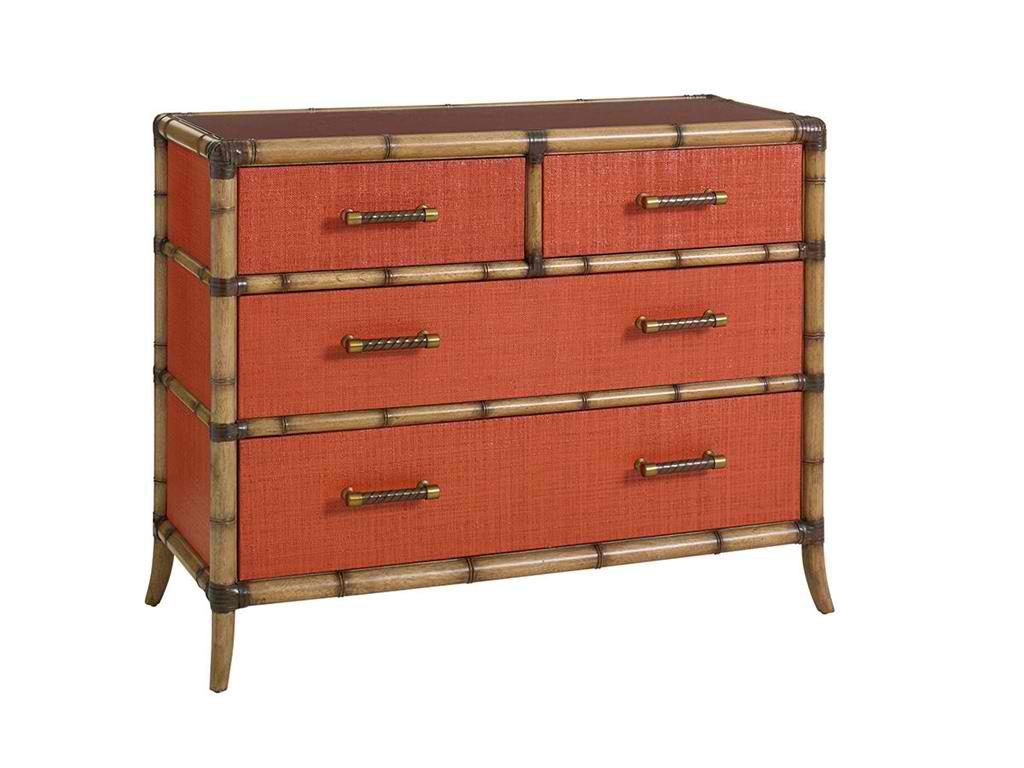
Tommy Bahama Home Bedroom Red Coral Chest 559-624 comes in a hot, trendy color.
The Fashion Week is an event when designers, models, bloggers and celebrities all gather and brave the freezing temperatures of New York just to attend the famed fashion event. This is no longer an event solely for the fashion circle but also a happening that affects many other industries.
Designers now cross over to the world of interior and furniture design. The likes of Paul Smith and Diane Von Furstenburg have fashion and home collections to be proud of. They are no longer just artists that fill the runway shows but artisans in their own right.
The interior design industry welcomes these artists with wide, open arms. There is so much anticipation as there is an ever-increasing media pattern that focuses on design visibility.
Fusion of Art and Interior Design
One can find a perfect marriage in fashion and art. Fashion icons Mary Ping, Susa Cianciolo and Eckhaus Latta are featured in runway shows as well as the MoMa or Museum of Modern Art. Theirs are art forms that have outgrown the usual glitz and glamour offered by the klieg lights of the runways and are now being featured in spaces that serious art lovers go to.
There is a very thin line between vintage and contemporary design in these artists’ works as all art forms merge and interplay. So, yes, it’s not all about wardrobe anymore but how to carry over their creations from the runway to the different homes that they can dress up.
Fashion and interior design are forever interlocked. Decades ago, there was a determined degree of separation between the two. This was evident when, a few years back, Philippe Starck collaborated with a famous Italian cashmere company. Missoni also began building hotels just as Zac Posen began to design interiors for 16w21 condos.
The trend, these days, is leaning towards throwbacks. Decorative fabrics are hot as are fashionable pieces during the 18th century. There are practices and principles of design that are in play, too, during furniture creation. Just like an ensemble of clothing, the determination of a focal point, harmony, and creating silhouettes are practices in the interior design industry that are not foreign to fashion designers.
Interior designers, in fact, should work like fashion designers. Materials have to be carefully chosen, experimented on at times, and then designed to a piece that is so inspirational that you could read a story just by looking at the design.
There is a reason why fashion designers are no longer interested in just supermodels and clothing. They are, in essence, spreading their wings to the call of clients and other industries (e.g. the hotel industry). Jean-Paul Gaultier understood this when he collaborated with Roche Bobois, maker of contemporary furniture.
Every fashion collection produces different interpretations in interior design. The blue and white sailor stripes are quite famous in both worlds. These are increasingly becoming the sexiest color on furniture, too.
Fashion designers think hard and are constantly looking for inspiration when designing their pieces. Such is also the case when they move to the world of interior design. On the latter, they dress up furniture and homes. Drawings of dresses now become drafts for furnishings.
There are also some fashion designers who are coming up with their limited edition of furniture line. The pieces range from wine racks, to console tables, even cushions and lampshades. There are just too many pieces to gape at.
Fashion is loved in many parts of the world. Civilized people rarely thrive without it which is why carrying it over to another artistic industry is just right. Fashion is a lot more than just a piece of clothing. These days, it can be that winding staircase in your friend’s home or that next furniture collection that you’re going to invest in.
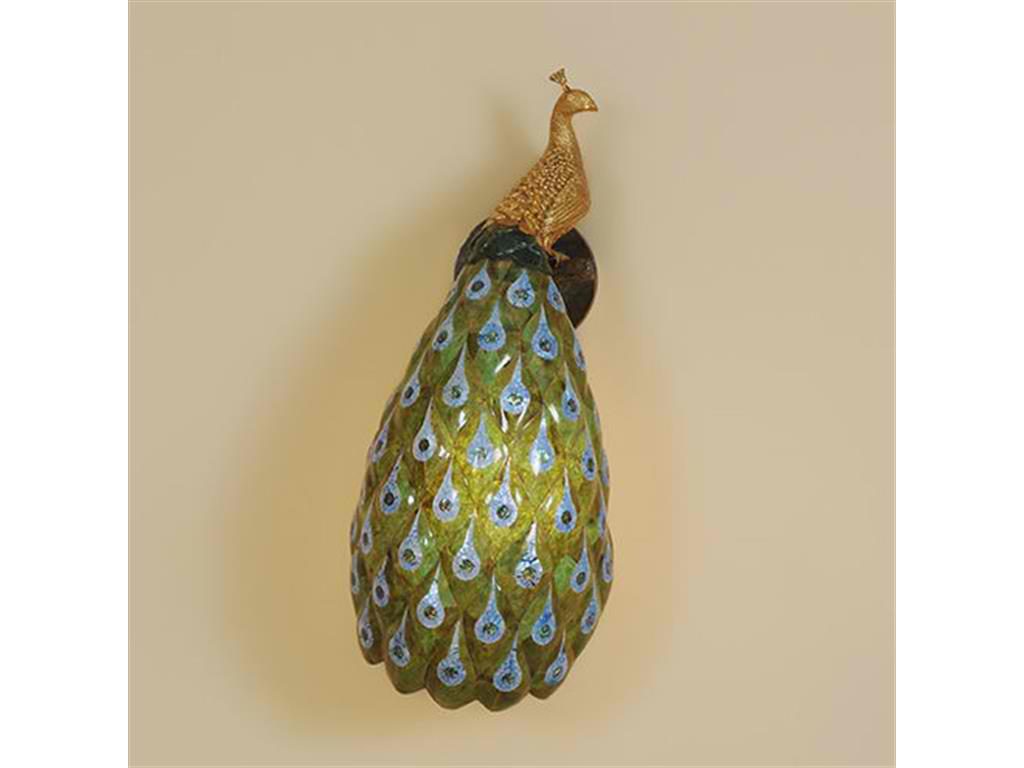
The Maitland-Smith Lamps and Lighting Cast Brass Peacock Wall Sconce 1900-111 is all glitz and glamour.
Tags: art, art elements, art in interior design, artwork, fashion and interior design, interior design and fashion, McCreerys, McCreerys Home Furnishings, NY Fashion week, tips
Posted in 2017 Trends, Interior Design 101, Interior Design Themes | No Comments »
Wednesday, October 5th, 2016
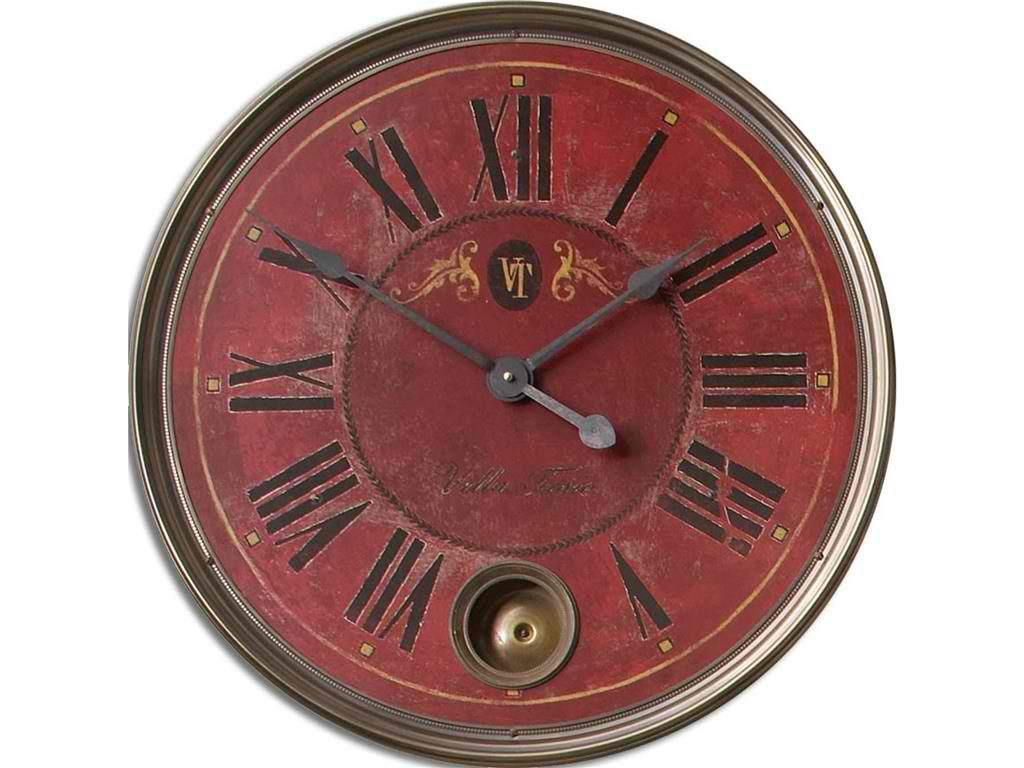
Uttermost Accessories Regency Villa Tesio Clock 06037
Art lovers know the meaning of beauty yet artists know the subject even a lot more. To the latter, art is not all about paintings or photographs, it could cross all the way to the world of interior design. Let the artist in you be unleashed. Go ahead and buy the stuff that you love. You can then plan the design of your home around the art pieces that you bring in.
Home Design Supporting Art
There are various ways that you can have your art pieces framed using furniture and other design elements. First, you have to learn to repeat color and lines. For instance, you can use black and white images to echo the blacks and whites on the accessories and furniture pieces. There could be bright-colored accents in the room but the artworks would still be the ones that would stand out.
The repetition of color on your art will increase its impact in any space. Green pillows on the bed can be based on the greens that are seen on the artwork hung on the bedroom walls. Without these pillows, the art pieces will have a more difficult time balancing the visual interest that is being created in that room.
Lines can be repeated as the dining table mimics the curves and central color of the main painting used. Floral displays can add more colors to the space.
Color needs to be balanced which is why an art piece that has a lot of black on it should be balanced by something bright like red or orange. Such is also the case with the black leather sofa which has to be balanced by a red pillow or two.
Carrying color balance throughout the furnishings extends the painting’s influence.
Using multiple artworks created by the same artist or that have the same styles can also up the visual impact. A huge painting can be hung right above the fireplace, one that would contrast the strong vertical and horizontal lines on this architectural structure. The lines as well as the colors harmonize then draw the eyes towards the center of the room (right where the fireplace is), then throughout. All together, they create a stronger look that is difficult to achieve individually.
The placement of furniture can also improve the way art is presented inside a room. Paintings would look great on a blank wall but the way a bench is placed right below the underlines of an interesting painting should emphasize the art some more.
It would also help to hang mirrors strategically on the ceiling and walls. Make sure that the hallway shows repeated paintings because of mirror placement. This is a dramatic way of making paintings look weird but in a great kind of way.
Supporting art sometimes requires restraint. A piece of art right behind a sofa is inviting the visitor to look beyond the furniture and appreciate what’s at the back. Make sure that the wall color and the lampshades, as well as the rug come in a monochromatic palette. This means that the eyes will always rest on the art piece and the furniture.
If you happen to have an art piece that has a splash of interesting color on it, then make sure that you repeat that color on the walls of the adjacent rooms. This will create a greater impact that merely having accessories placed all over the same room.
Don’t stick to one color because no artist would do that. Go beyond your comfort zone in terms of your color palette. Hang a painting then make sure to use all the colors that you could find on that art piece on the design elements. The rug can pick up from the base color while the accessories could find inspiration on the colors used on the subject.
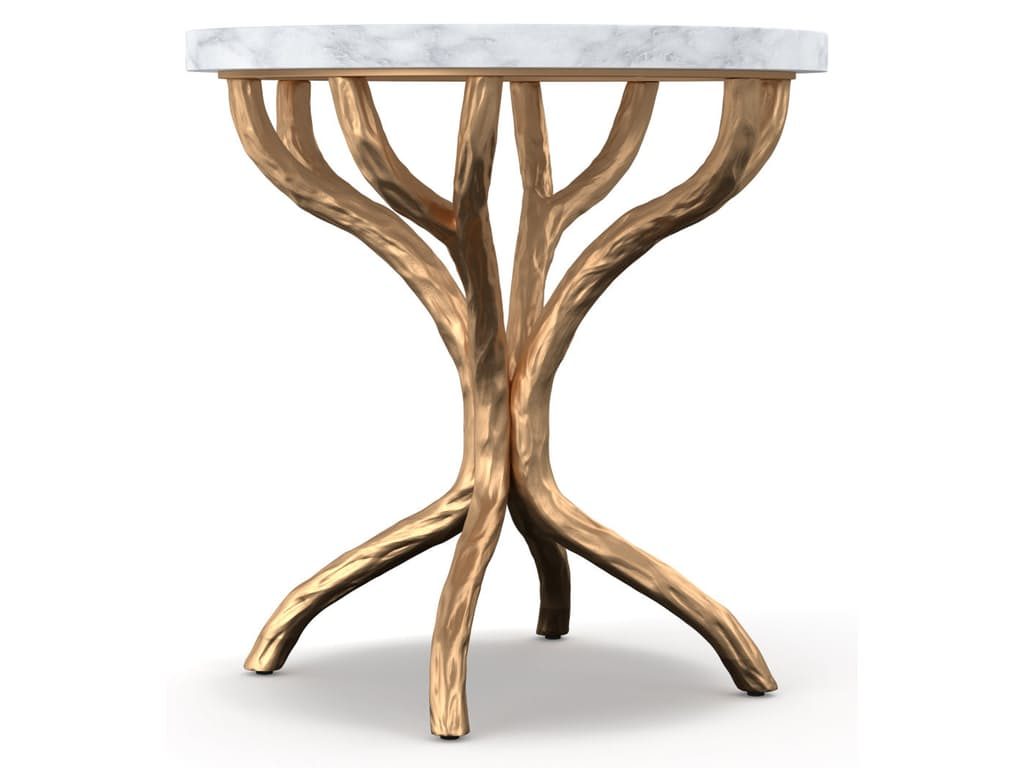
Cynthia Rowley for Hooker Furniture Living Room Irving Lamp Table
Tags: art, art elements, art in interior design, artwork, McCreerys, McCreerys Home Furnishings, tips
Posted in Interior Design 101, Interior Design Elements, Interior Design Themes | No Comments »
© McCreery's Home Furnishings | All Rights Reserved | Privacy Policy